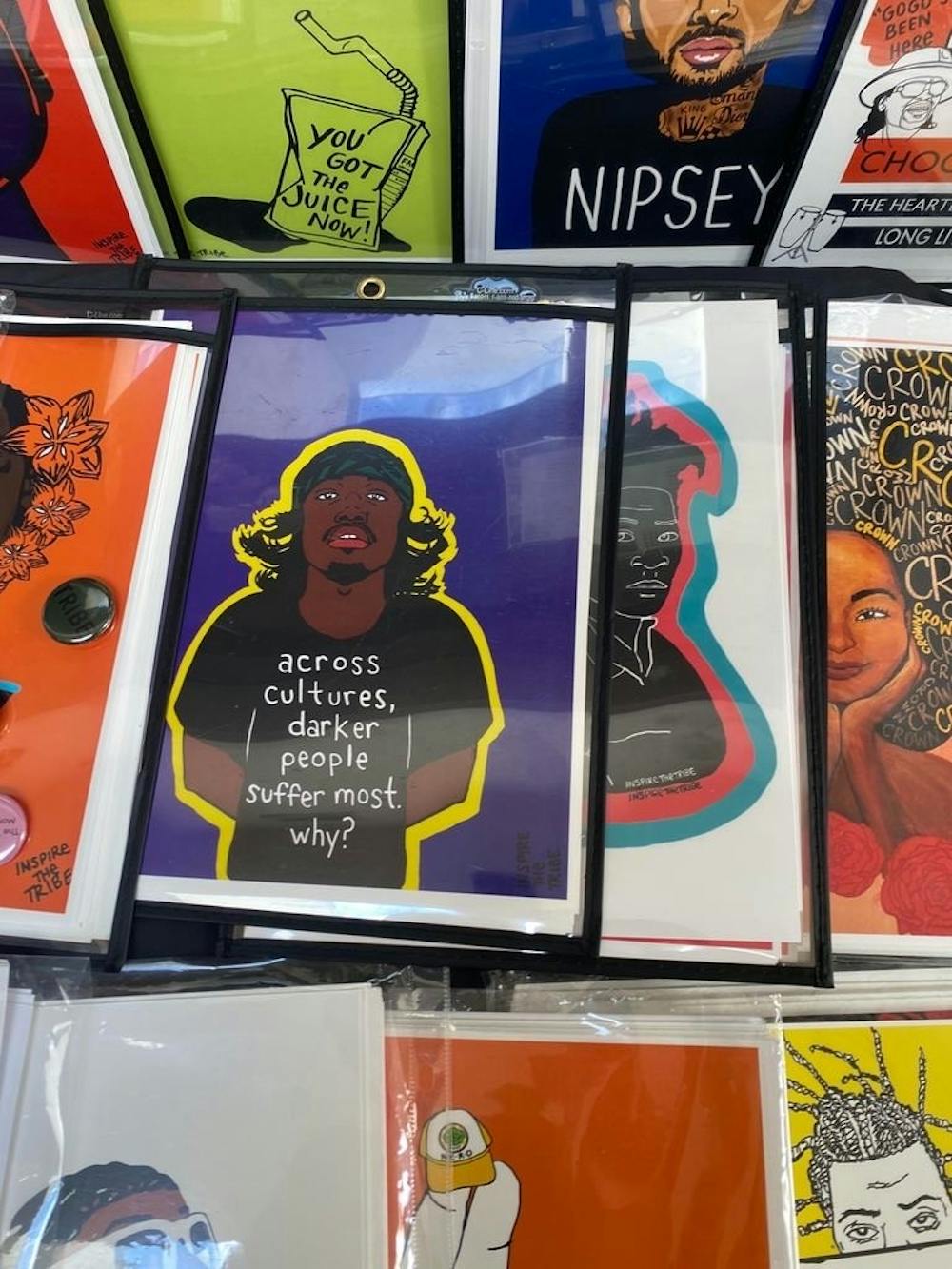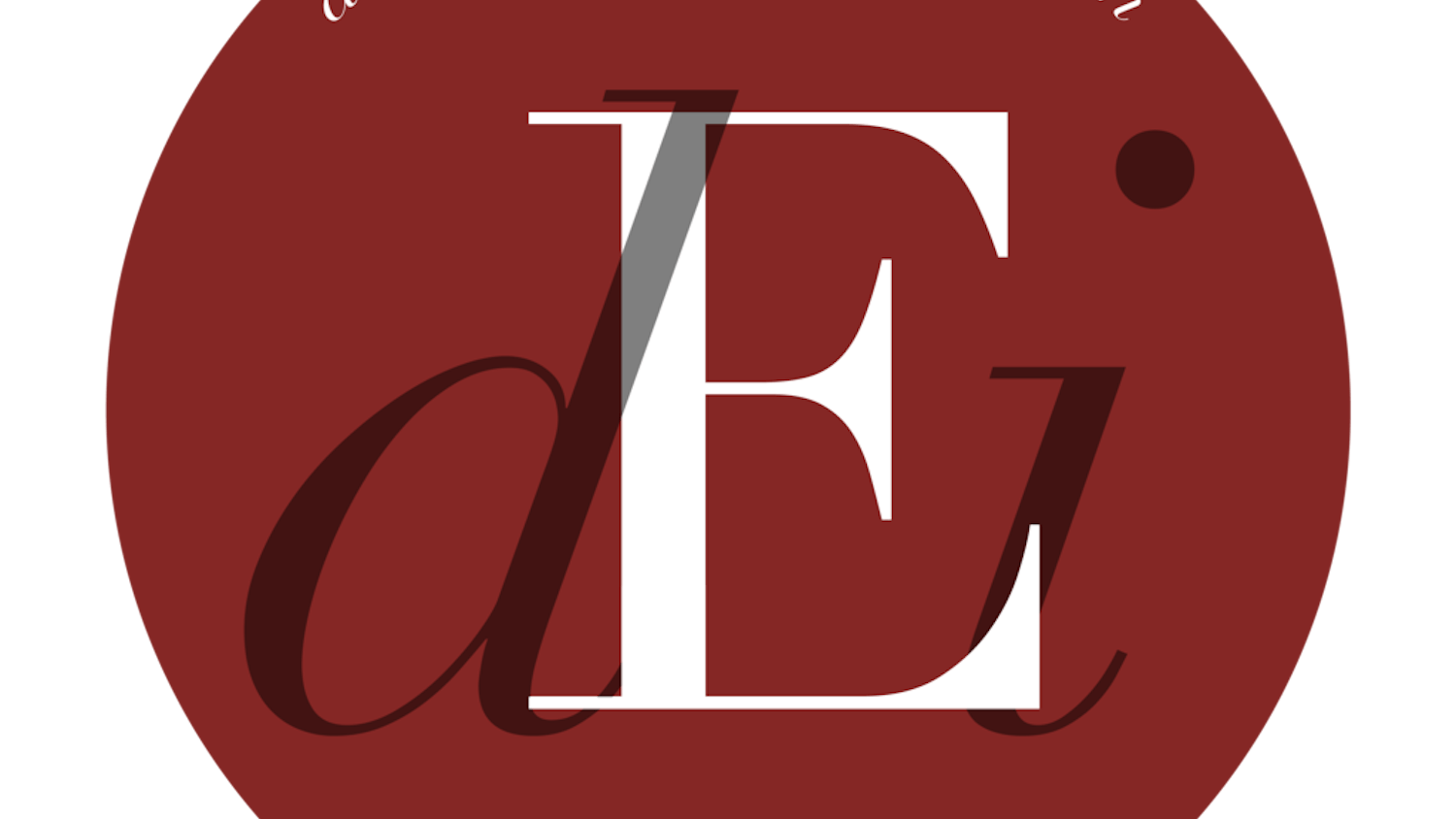During Black History Month, the Life section published a series of stories highlighting various forms of African and African American art in Washington, D.C.
After months of planning, The Black to the Future Festival debuted on Feb. 29 at the Anacostia Arts Center. The event featured everything from local artists to hair and skincare products to pop-up motivational speakers.
When Harvey Fitz, the event coordinator at the Anacostia Arts Center, pitched the idea of an art market featuring all black business owners, he had no idea how big it would become. It wasn’t until all 500 RSVP spots on the festival’s Eventbrite page sold out, with potential visitors asking for more, that he realized the magnitude of what he had created.
Fitz was tasked with creating an event for the holidays to bring in small businesses. He wanted to focus particularly on black artists and vendors, dubbing his idea the “Melanin Market.”
“Predominantly the traffic that we get is from people of color, African Americans,” Fitz said. “But then the slight pushback was we don’t want to alienate our non-African American vendors who would possibly want to vend.”
The original idea was to host the event around the holidays, but after some discussion, Fitz concluded that The Melanin Market would be best suited in February in celebration of Black History Month.
“Black to the Future,” which began as Fitz’s idea for the smaller Melanin Market, grew into a festival after Fitz began searching for potential vendors.
“I was on my lunch break and I was going next door to a restaurant called Open Crumb, which is owned by a guy named Peter,” he said. “And while I was waiting for him to make my food, it just popped into my head.”
Fitz asked Peter Opare to bring a cooking demonstration to the market, to which Opare immediately agreed. On his way back from Open Crumb, Fitz ran into Derrick Young of MohagonyBooks, who asked Fitz if he had any events coming up for a program Young had in the works. MohagonyBooks, owned by husband and wife duo Derrick and Ramunda Young, specializes in books written for, by or about people of the African Diaspora, according to their website.
After that, the offers kept coming. Fitz reached out to the Arts Center’s art installer, an accomplished Tai Chi instructor. He got in touch with a former classmate, a trained yoga instructor. It wasn’t long before Fitz realized he had something much larger on his hands than just an art market.
In addition to food demonstrations and Tai Chi and yoga classes, the festival housed a certified life coach, a DJ, local artists and a beard grooming session from former NFL player Tavon Mason.
The event provided a platform for African American artists to freely express themselves. It was evident that everyone who got to share their work was very happy to have this opportunity.
The multi-floored event included art exhibits displaying photography, posters and acrylic paintings. Some of these artists included Chocolate City Tees, One Colon Kaleidoscope, All Things B. Alexis, Alive Shoes, Audacious Nation, Fearless, District Sweater Co. and xGnG Photography.
Inspire the Tribe, a blog turned custom art shop, was also present at the festival. Created by Shari Renee, the vendor displayed artwork communicating different messages relating to black culture. The custom prints displayed black artists like Nipsey Hussle and Andre 3000. One particular poster referenced a jumpsuit that Andre 3000 wore at Lollapalooza during the 2014 OutKast reunion tour, which communicated messages of activism.
Donisia Gray, who specializes in abstract art, had her work on display for passersby to see. “It’s just experimenting with different colors and different textures,” Gray said when describing her abstract creations.
Before the event, Fitz expressed his excitement for the project that started with just a small idea.
“We’re still waiting on the fiscal budget from the art grant,” he said. “So this thing is literally being put together with duct tape and bubble gum, but we are making it work and we are so excited about this.”
Admission was free, an intentional move by Fitz. “One thing about Anacostia is it is, in my opinion, the most underserved community in all of Washington D.C.,” he said. “To put a price tag on something like this — it didn’t seem right to me at all.”
To Fitz, the most important part of the festival was bringing together community members through black art.
“I wanted it to be very very community based and I wanted it to be very celebratory of the African American experience,” he said.





